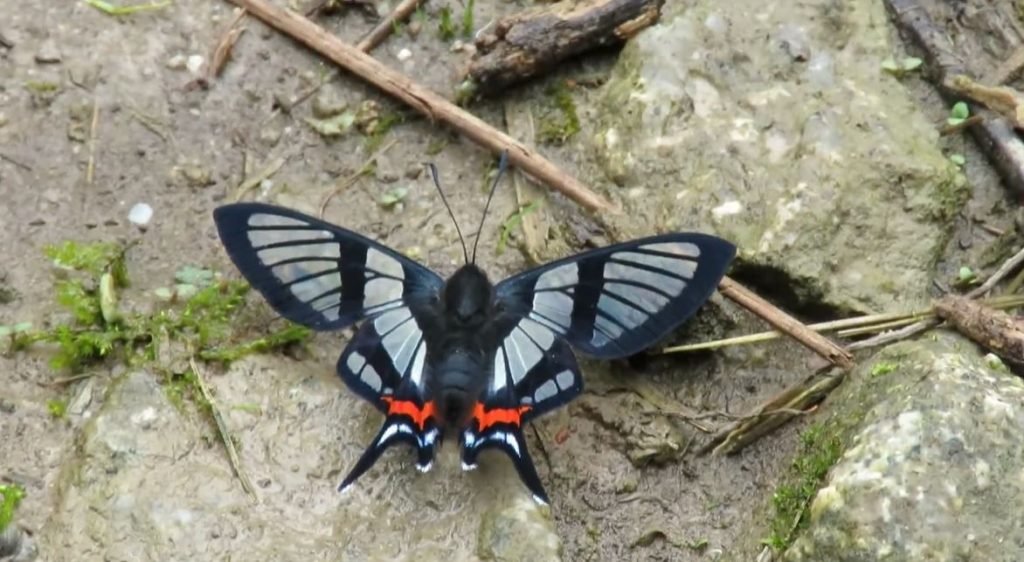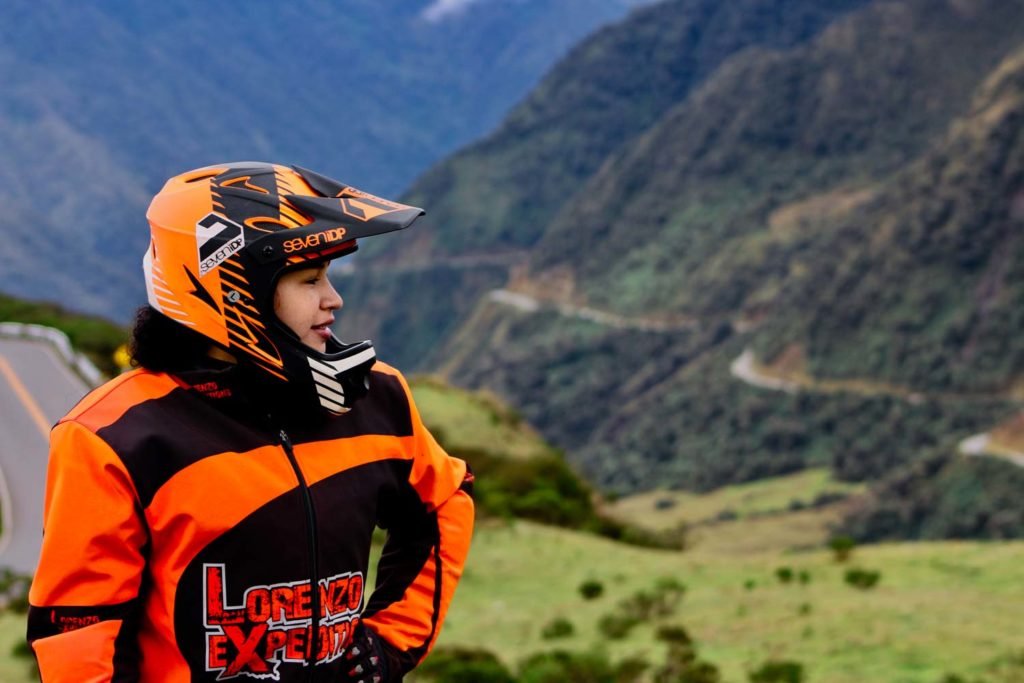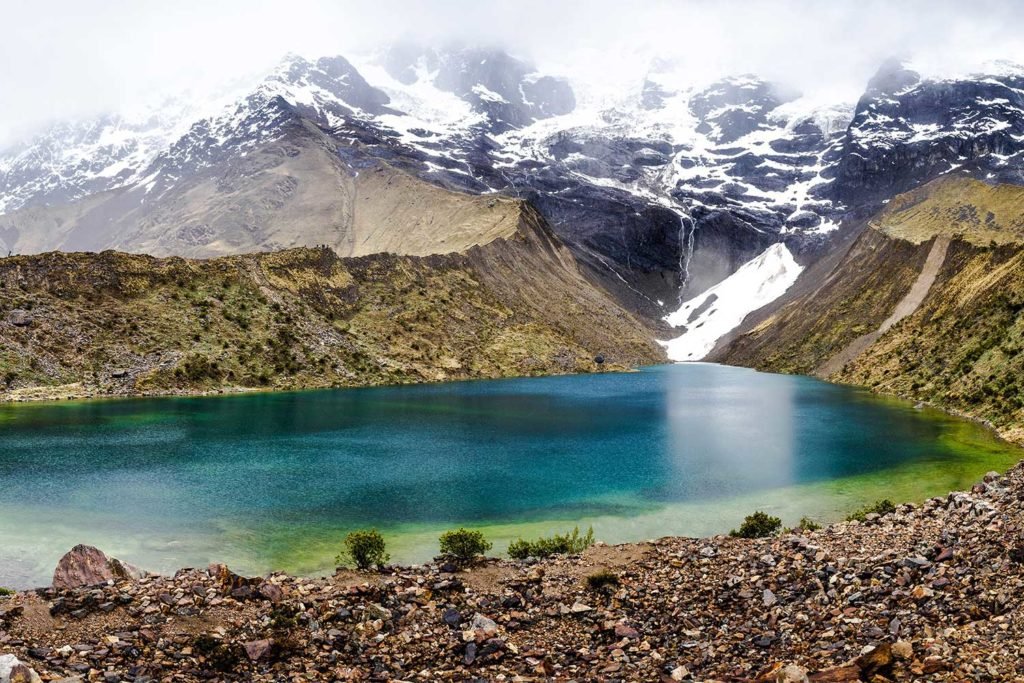Machu Picchu, tourist jewel of the world, goes beyond its imposing Inca structures and the enigma that surrounds this city of the fifteenth century. The natural beauty that surrounds it has consecrated it as a Cultural and “Natural” World Heritage Site. In our quest to fully explore this treasure, we discovered an additional marvel: the amazing collection of butterflies that inhabit this environment.
Machu Picchu’s Biodiversity


In the heart of one of the most imposing ecosystems, Machu Picchu stands surrounded by mountains covered with lush vegetation. This scenery is home to an amazing diversity of plants, from bromeliads and orchids to tree ferns. It creates a unique habitat for birds and mammals, including endangered species such as the Andean bear and the cock-of-the-rock.
But what is truly amazing is the “collection” of butterflies that call this historic sanctuary home. More than 500 species of butterflies dance among the flowers, many of them exclusive to this corner of the planet.
The Butterfly House: Wasi Pillpi
Nestled in the Machu Picchu National Park. The Butterfly House, known as Wasi Pillpi in Quechua, is a treasure within a treasure. With more than 100 endemic species and another 400 known species, this butterfly house is a window to the sanctuary’s diversity.
How to get to the Butterfly House?

The Butterfly House is only 15 minutes from Aguas Calientes. To get there, follow the trail that leads to the entrance of the Inca City of Machu Picchu, sharing the route with the “Manuel Chavez Ballon Site Museum” and the Mandor Gardens.
If you have not yet secured your entrance tickets to the Inca City, we urge you to do so now. Considering that the availability of the Machu Picchu Ticket can sell out quickly, especially in times of high demand.
The Visit Experience
The Machu Picchu Butterfly Farm offers short visits of about 20 minutes, at an affordable cost of S/ 10 soles (approx. US $3.00). Guided tours are only available in Spanish. Information is available in both English and Spanish to ensure an inclusive experience.

During your visit, you will have the opportunity to explore the amazing variety of butterflies present in the Historic and Natural Sanctuary of Machu Picchu. You will discover the different types of camouflage they use to mimic the local plants. You will also learn about their development and different stages.
The Butterfly Farm, under the direction of Leonardo Serrano Gutiérrez, offers guided tours. In addition, it actively participates in reproduction programs to increase butterfly populations, with the support of local volunteers. Butterflies born in captivity are released, thus contributing to the preservation of these species.
Conservation and Commitment

La Casa de las Mariposas is directed by Leonardo Serrano Gutiérrez, with the support of local volunteers. This project not only offers guided tours, but is also dedicated to the conservation of local species. Reproduction programs ensure that butterflies born in captivity return to the wild once they reach maturity.
The Perfect Time to Visit
For the best experience, plan your visit between 8 a.m. and 11 a.m., when the butterflies are most active. The ideal season extends from April to September. During the dry season, the butterflies take refuge during the rainy season, making it difficult to observe them.
Reasons to Visit the Butterfly Farm
We believe in Responsible Tourism and supporting local projects such as the butterfly farm is a tangible way to do so. In addition, this visit offers a unique perspective of the butterfly’s reproductive stages, from larvae to complete transformation. A fascinating experience, especially for those traveling with children.
Do not limit yourself to the conventional visit to Machu Picchu. Immerse yourself in the natural wonder that is the Butterfly House. Discover the magic of butterflies in their natural environment and contribute to the conservation effort that this project represents.





